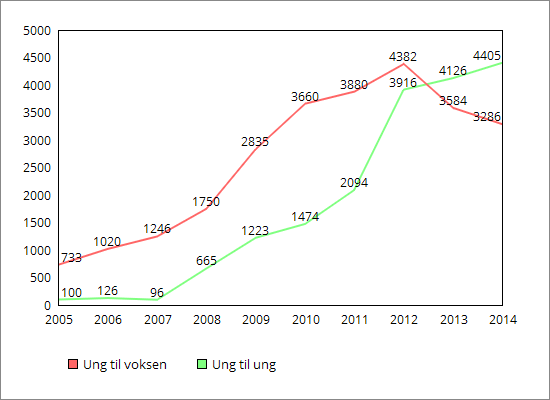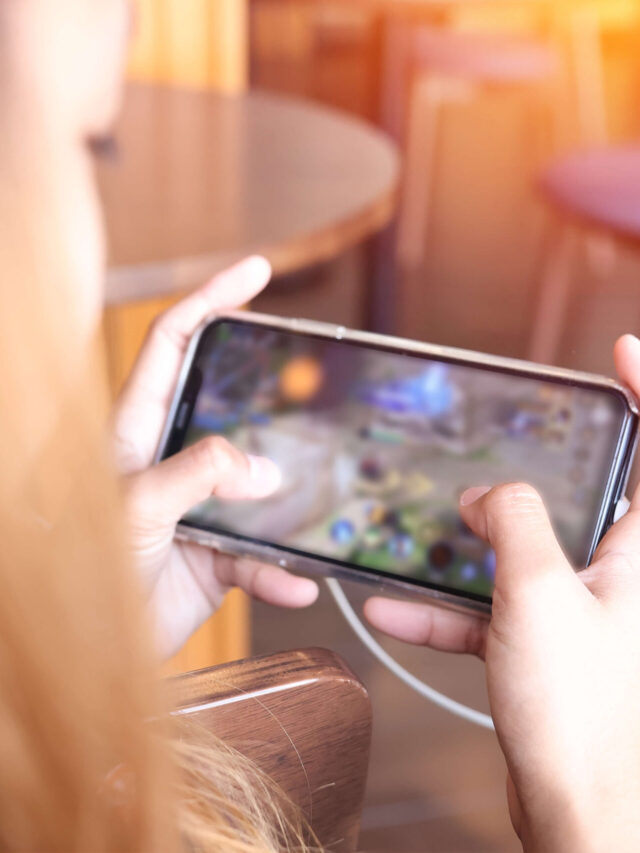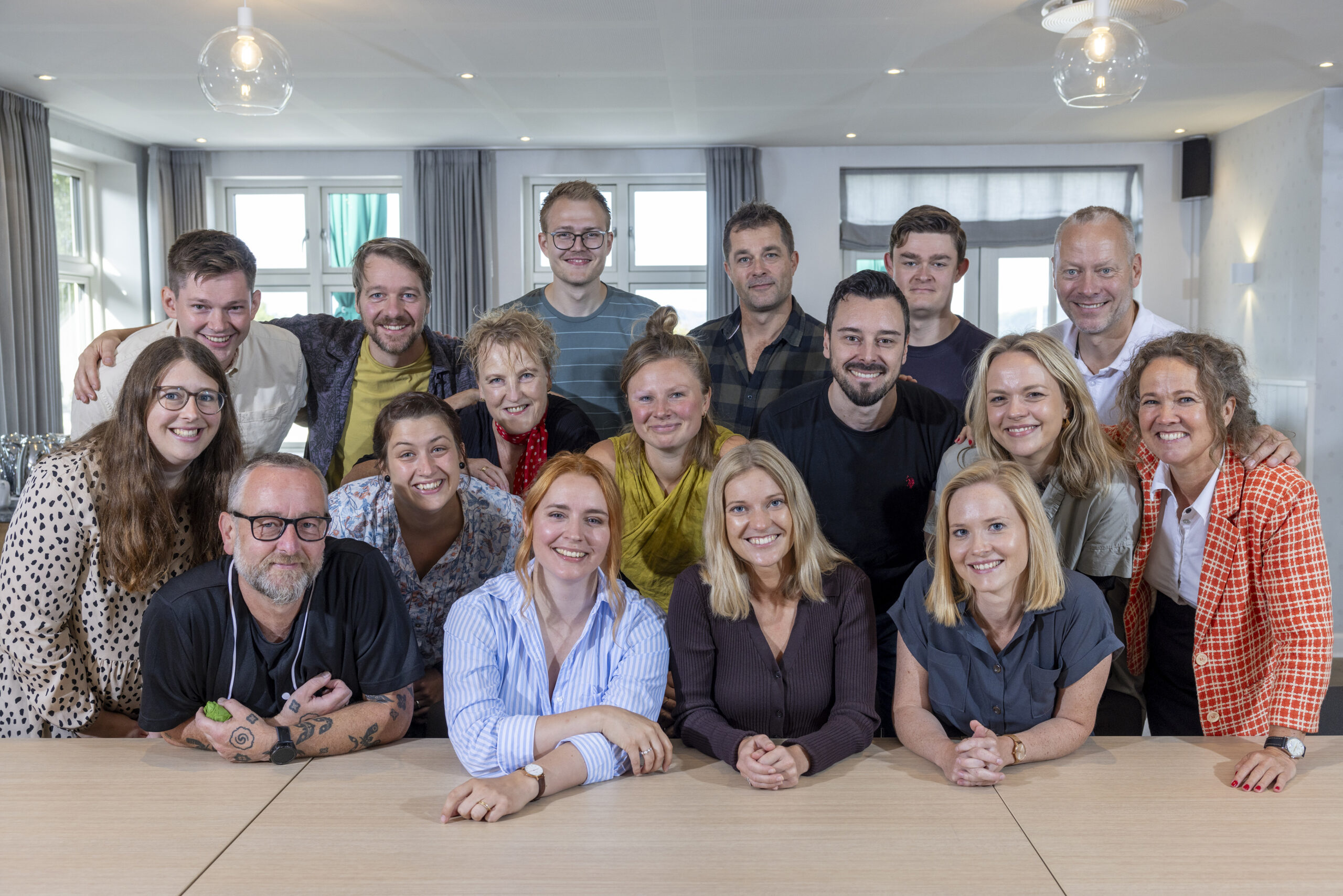10 years on, and still young people's preferred clubhouse
2014 marked the 10th year where children and young people could get a helping hand in Centre for Digital Youth Care’s online counselling, Cyberhus. In connection to this, I will look back on how we gradually grew from being a very small place for young people, offering one chat room, one single problem page, and only a small number of counsellors, to now offering a wide variety of activities and features, and involving more than 60 volunteers.
Directed more toward young people than adults

As is clearly evident by the graph, showing the development of young people’s activity on Cyberhus during the last decade, there is a clear tendency that young people increasingly are using Cyberhus as a place where they can relate to others and seek advice among their peers.
The numbers match our pedagogical vision that Cyberhus is, and must continue to be, much more than “just” a counselling. Cyberhus must be the virtual counterpart to the physical clubhouse in which youth are able to share experiences, seek support, or just hang out with peers.
As the activity in our Youth-to-Youth section, which today accomodates our Debate forum, Life Stories, Group chat, Images, Secrets, and Blogs, continues to rise, the activity in our Youth-to-Adult section, which includes 1-1Chat and our Problem pages, has decreased.
Even though the decrease of close to 300 inquiries in our Youth-to-adult section may seem prominent, we do not interpret that to express that young people no longer wish to use Cyberhus as an offer for counselling when they need help from adults. In order to understand the decrease we have to take a closer look at the numbers.
A little perspective
First, we have to separate our 1-1Chat and our problem pages. The number of questions asked on our problem pages have actually increased from 1582 in 2013 to 1783 in 2014, so there is no doubt that our young people still very much want to turn to us for advice.
This of course means that the corresponding decrease in the number of requests in our 1-1Chat has been relatively significant; going from 2002 chat sessions in 2002 to 1503 sessions in 2013. Fortunately, the decrease cannot be explained by a lacking interest from our young people.
June of 2014, we sadly had to cut down the number of chat sessions due to lack of funding. Our 1-1Chat is always monitored by a paid coordinator whose tasks include supporting our volunteer counsellors and as such, securing the quality of our counselling work.
A significant part of the requests we receive in our 1-1Chat concern very difficult issues such as self-harm, abuse, and thoughts of suicide. Sometimes we chat with young people who are in need of urgent help. Therefore, we will not compromise the available support and sparring to our counsellors. When we no longer had the necessary payroll funds to sustain the same number of working hours as in 2013, it was clear that we had to reduce our opening hours.
Naturally we hope that in time we will have the opportunity to expand our opening hours again and provide more young people the option of reaching out to an adult and get help.
What are young people addressing?
Taking a closer look at the issues young people address, we can see a big difference whether they turn to an adult or other young people. Young people who seek help from adult counsellors in our 1-1Chat and problem pages, are continually mainly young people who have a really tough time. The distribution of issues in 2014 looks like this:
1. Self-harm, suicidal thoughts, sexual abuse, violence, eating disorders, and mental illnesses count for 40 percent of Cyberhus’ total number of requests.
2. Issues such as bullying, loneliness, grief, and lack of self-esteem count for 23 percent. But also young people who address more “common” youth issues find their way to adult counsellors.
3. This means that the remaining 37 percent of requests concern love, friendship, parents, sexuality, and development of the body.
The distribution looks a bit different if we take a closer look at the activity in our Youth-to-Youth section. Depending on looking at posts on our debate forum, chats in our group chat, or images being uploaded in the gallery, there is of course great variance. But all in all, it is evident that our Youth-to-Youth section holds a greater share of the more “common” issues such as sexuality, love, and friendship. Actually, the picture is turned upside down showing that about 60 percent of all activity in our Youth-to-Youth section concern “common” issues, and “only” about 40 percent of that activity relate to more heavy issues.
And it is exactly that distribution and difference which make Cyberhus unique. There is no question that our primary target group are vulnerable young people who do not thrive and who live a life of both inner and outer chaos. And it is evident that they also seek and support each other through the different features that Cyberhus offers.
But at the same time, we see an equal advantage in regards to our young people’s interaction:
1. meeting other young people who do not experience life the same way
2. options of presenting aspects of themselves that are different from what really hurts
So, sometimes we have some amazing conversations in our group chat when a youth who cuts, is asked, with no prejudice, by people who have never had thoughts of doing self-harm, why they cut. Or when someone, who normally uses our chatroom to address their anxiety, also seeks advice from other young people about the best pointers to hook up with the hot guy in their class.
2015…we can’t wait
2014 marked another exciting, hectic, and at times, magical year. 2014 was the year that Cyberhus’ Secrets section significantly made its entry, and it was also the year that the site of Cyberhus was fine-tuned and made more accessible for our young people. Furthermore, it was the year municipal efforts on the youth field moved into our digital clubhouse.
So, 2014 was the year that marked our first 10 years working within the field of digital pedagogy at Cyberhus.
Now, we are so ready for another year and a new decade! 🙂
This article is originally posted in Danish.
]]>


Hvis du vil sætte et par ord på din feedback, vil det hjælpe os rigtig meget til at forbedre vores indhold.